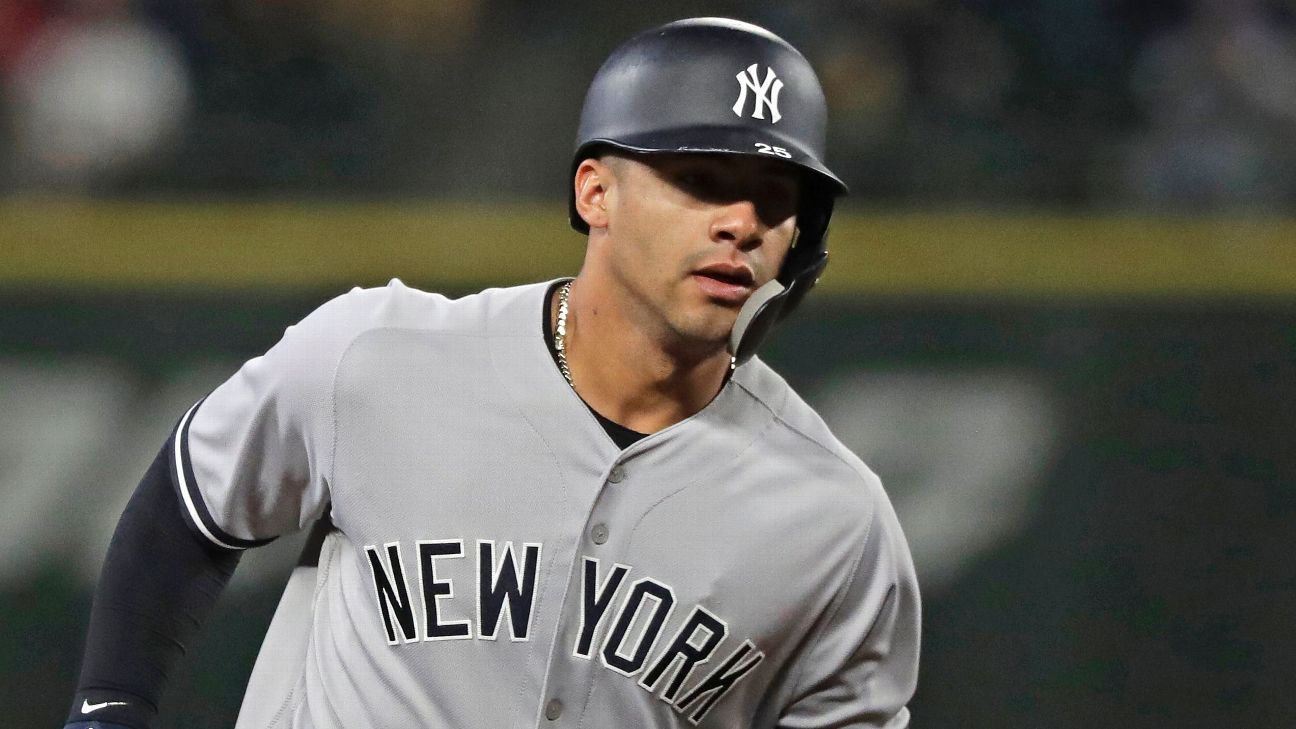Andy Murray will make his highly anticipated return to Wimbledon when he competes in the men's doubles alongside Pierre-Hugues Herbert on Thursday.
Murray, 32, missed last year's singles with a hip injury, which he feared could end his career.
Johanna Konta leads British hopes in the singles, playing Katerina Siniakova second on Centre Court.
Young Briton Jay Clarke meets eight-time champion Roger Federer, while Rafael Nadal takes on Nick Kyrgios.
Cameron Norrie, Dan Evans and Harriet Dart are the other home players trying to ensure there is a British presence in the third round, with men's number one Kyle Edmund - seeded 30th - and Heather Watson having lost their second-round matches on Wednesday.
Murray and Herbert will play the pairing of France's Ugo Humbert and Romania's Marius Copil in the first round, although the time and court has yet to be decided by Wimbledon organisers. It will not be played before 17:30.
Elsewhere, seven-time champion Serena Williams - who is partnering Murray in the mixed doubles - meets Slovenian teenager Kaja Juvan in the women's singles, while Australian top seed Ashleigh Barty takes on Belgium's Alison van Uytvanck and defending champion Angelique Kerber faces American Lauren Davis.
Murray 'shouldn't be expecting too much' of himself
Two-time singles champion Murray pulled out on the eve of the tournament 12 months ago, hampered by the pain in his hip which eventually led to a resurfacing operation in January.
The Scot broke down in an emotional news conference at the Australian Open earlier that month, fearing the operation might force him to retire from an illustrious career which has also brought him a US Open title and two Olympic gold medals.
The former world number one returned to competitive action in the doubles at Queen's last month, less than six months after the operation which has left him "pain-free".
Alongside Spain's Feliciano Lopez, Murray went on to win the Queen's title and described the feat as "mental".
At Wimbledon he will partner Frenchman Herbert, a doubles expert who has won all four Grand Slam titles, in the men's event, as well as playing with 23-time Grand Slam champion Serena Williams in a blockbuster partnership in the mixed.
"I'm just happy to be playing tennis again," Murray, whose last appearance at SW19 came in his 2017 quarter-final defeat by Sam Querrey, said.
"I play to win. I'm really competitive. But I didn't know four or five weeks ago if I'd even be playing over the grass so I shouldn't be expecting too much.
"But once I step on the court, I'll be out there trying to win every match I play."
Clarke goes to Murray for Federer advice
British number four Clarke, 20, faces the biggest test of his burgeoning career when he faces 20-time Grand Slam champion Federer on Court One.
Federer, 37, won the boys' singles at SW19 in 1998 - the year Derby's Clarke was born.
Clarke, ranked 169th in the world, said he planned to ask fellow Britons Andy Murray, Kyle Edmund, Dan Evans and Marcus Willis - who have all played the Swiss in recent years - for their advice.
"I will get as much information as possible, then just use the best bits that are relevant for my game," Clarke said.
"But I've watched a lot of him growing up, so it's not like there's going to be any surprises on what he does.
"It's going to be a fun match."
British number one Konta, seeded 19th, made a solid start as she won in straight sets against Romania's Ana Bogdan, watched on the newly opened Court One by the Duchess of Cambridge.
That has set up a meeting with Czech Siniakova, the world doubles number four who shocked top seed Naomi Osaka at the French Open last month.
"She's able to beat some of the best players. She has a big game. She's feisty. She competes very well," 28-year-old Konta, who reached the Wimbledon semi-finals in 2017, said.
"Obviously she's a very, very good doubles player as well. It will be a tough match for me."
Nadal, 33, set up a tantalising meeting with controversial Australian Kyrgios, who beat compatriot Jordan Thompson, with a straight-set win over Japan's Yuichi Sugita later on Tuesday.
Nadal accused Kyrgios of "lacking respect" after the 24-year-old beat him in Acapulco earlier this year, with Kyrgios describing the 18-time Grand Slam champion as "super salty" in a recent podcast.
Asked about the attention surrounding their relationship, Nadal said: "Being honest, I'm too old for all this stuff. What I said, I said. That's all.
"I'm not a guy who will be in a fight with anybody."

























 Phone: (800) 737. 6040
Phone: (800) 737. 6040 Fax: (800) 825 5558
Fax: (800) 825 5558 Website:
Website:  Email:
Email: 






